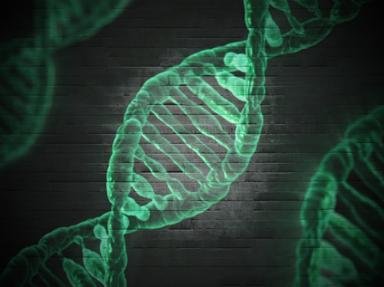Quiz Answer Key and Fun Facts
1. In DNA replication, which enzyme(s) binds to the single stranded DNA strand and builds a short RNA primer sequence?
2. What is not a difference between DNA and RNA?
3. Which of these plays an active role in the transcription step of protein synthesis?
4. Which nucleic acid cannot leave the nucleus?
5. Which nitrogenous base is not found in DNA?
6. In a DNA molecule, what type of linkage links the nucleotides together?
7. In RNA base pairing, what base pairs up with adenine?
8. Which of the following is not a nucleotide?
9. What is the backbone or the outer ends of the structure of DNA made up of?
10. What joins the chains of bases in DNA?
Source: Author
anna93
This quiz was reviewed by FunTrivia editor
crisw before going online.
Any errors found in FunTrivia content are routinely corrected through our feedback system.
